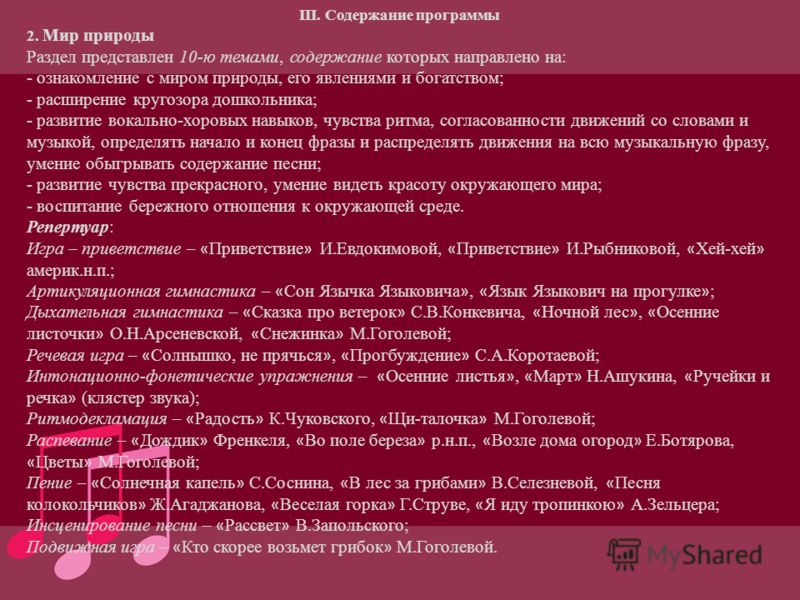G Struve Veselaya Pesenka

In the beginning of April 1917 the Provisional Government had discovered to its surprise that Russian finances, already for some time in quite bad shape, were on the brink of complete collapse. In an attempt to mend the situation, and stir enthusiastic patriotism, the government loudly, announced the issuance of domestic Freedom Loan bonds. Rumors about the loan had began circulating as early as March and Minister of Finance Tereshchenko informed the press that there were already multi-million pledges from bankers to buy bonds, “mainly from the Jewish bankers, which is undoubtedly related to the abolition of religious and national restrictions.” Indeed, as soon as the loan was officially announced, names of large Jewish subscribers began appearing in newspapers, accompanied by prominent front-page appeals: “Jewish citizens! Subscribe to the Freedom Loan!” and “Every Jew must have the Freedom Loan bonds!” In a single subscription drive in a Moscow synagogue 22 million rubles was collected. During the first two days, Jews in Tiflis subscribed to 1.5 million rubles of bonds; Jews in Minsk – to half a million in the first week; the Saratov community – to 800 thousand rubles of bonds. In Kiev, the heirs of Brodsky and Klara Ginzburg each spent one million.

The Jews abroad came forward as well: Jacob Schiff, 1 million; Rothschild in London, 1 million; in Paris, on the initiative of Baron Ginzburg, Russian Jews participated actively and subscribed to severalmillion worth of bonds. At the same time, the Jewish Committee in Support for Freedom Loan was established and appealed to public. However, the government was very disappointed with the overall result of the first month of the subscription. For encouragement, the lists of major subscribers (who purchased bonds on 25 thousand rubles or more) were published several times: in the beginning of May, in the beginning of June and in the end of July. “The rich who did not subscribe” were shamed. What is most striking is not the sheer number of Jewish names on the lists (assimilated Russian-Germans with their precarious situation during the Russo-German War were in the second place among bond-holders) but the near absence of the top Russian bourgeoisie, apart from a handful of prominent Moscow entrepreneurs.
Rushatsya vekovye ustoi, proishodit rassloenie mass, v rezultate kotorogo odni idut voevat za revolyutsiyu, drugie - protiv nee. Pavlov valerij ivanovich volnovaya forma cheloveka. But little by little, the young man realizes that the world around him has changed, that people are fighting for equality and social justice, and, being a real Cossack, he can’t remain on the sidelines. Roman is killing time fist-fighting with his rival. Glavnyj geroj - molodoj kazak Roman Ulybin. Special features: • Interview with the Actors Yuri Solomin and Vitaliy Solomin • Documentary about the Leading Actor Efim Kopelyan • Documentary about the Lenfilm studio • Cast and Crew Filmographies • Photo Album Hronika zhizni nebolshogo poselka v Zabajkale nakanune pervoj mirovoj vojny i v gody sversheniya Velikoj Oktyabrskoj revolyutsii.
Cubase 5 free download full version crack windows 7. In politics, “left and center parties burgeoned and many Jews had became politically active.” From the very first days after the February Revolution, central newspapers published an enormous number of announcements about private meetings, assemblies and sessions of various Jewish parties, initially mostly the Bund, but later Poale Zion, Zionists, Socialist Zionists, Territorialist Zionists, and the Socialist Jewish Workers’ Party (SJWP). By March 7 we already read about an oncoming assembly of the All-Russian Jewish Congress – finally, the pre-revolutionary idea of Dubnov had become widely accepted. However, “because of sharp differences between Zionists and Bundists,” the Congress did not materialize in 1917 (nor did it occur in 1918 either “because of the Civil War and antagonism of Bolshevik authorities”). “In Petrograd, Jewish People’s Group was re-established with M. Vinaver at the helm.” They were liberals, not socialists; initially, they hoped to establish an alliance with Jewish socialists.
VESELAYA PESENKA sale puppies, photo dogs, Japanese Chin Pedigree DataBase, matings, york, males, females!
Vinaver declared: “we applaud the Bund – the vanguard of the revolutionary movement.” Yet the socialists stubbornly rejected all gestures of rapprochement. The rallying of Jewish parties in Petrograd had indirectly indicated that by the time of revolution the Jewish population there was already substantial and energetic. Surprisingly, despite the fact that almost no “Jewish proletariat” existed in Petrograd, the Bund was very successful there.
This information was obtained by V. Burtsev in 1934 from General K. Globachev, the former head of St. Petersburg Guard Department (from February 1915 until March 1917). Burtsev published this information in 1938 in Paris in his study of the Protocols of the Elders of Zion. V pogone za provokatorami. “Protokoly sionskikh mudretsov” – dokazanny podlog [Chasing the Provocateurs.
Protocols of the Elders of Zion is a proven forgery]. Foreword by Yu. Davydov, annotation by L. Moscow, 1991.